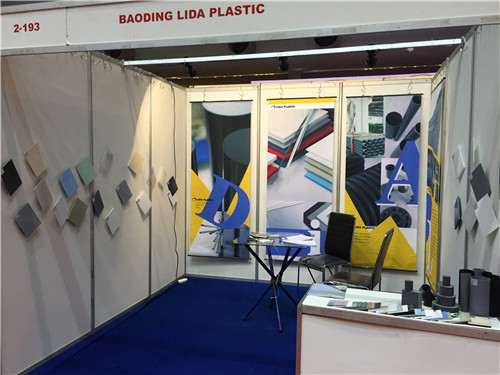nóv . 18, 2024 01:06 Back to list
triangle pp welding rod
Understanding Triangle PP Welding Rods Features and Applications
Welding plays a pivotal role in various industries, allowing the merging of materials to create strong, durable products. Among the plethora of welding supplies, one that stands out is the Triangle PP (Polypropylene) Welding Rod. This article explores the unique characteristics and applications of Triangle PP welding rods that make them a preferred choice in various settings.
What are Triangle PP Welding Rods?
Triangle PP welding rods are specialized rods designed for use in plastic welding, particularly with polypropylene materials. These rods are manufactured to high standards, ensuring compatibility with a range of welding techniques, including extrusion and hot-air welding. The Triangle in the name refers to the rod's cross-sectional shape, which is specifically designed to enhance the welding process.
Polypropylene is a type of thermoplastic polymer known for its resilience, chemical resistance, and availability in various grades. Triangle PP welding rods leverage these characteristics to provide effective solutions for bonding polypropylene items, making them invaluable in industries such as automotive, construction, and manufacturing.
Key Features of Triangle PP Welding Rods
1. Enhanced Bonding Strength Triangle PP welding rods are engineered to create strong, durable bonds between polypropylene surfaces. The triangular shape of the rod allows for better heat distribution and fusion during the welding process, resulting in robust joints.
2. Excellent Chemical Resistance Polypropylene is inherently resistant to many chemicals, making Triangle PP welding rods ideal for applications in harsh environments. This feature is particularly advantageous in industries such as chemical manufacturing and wastewater treatment.
3. Versatility Triangle PP welding rods can be used with various welding techniques and can bond different polypropylene grades effectively. This versatility enables manufacturers to use a single type of rod for a wide range of applications.
triangle pp welding rod

4. Ease of Use The welding process with Triangle PP rods is straightforward, making it accessible for both professionals and DIY enthusiasts. The rods can be easily melted and applied to the surfaces being welded, making the entire process less time-consuming.
Applications of Triangle PP Welding Rods
1. Automotive Industry In the automotive sector, Triangle PP welding rods are commonly used to repair or join components made from polypropylene, such as bumpers, interior trims, and structural parts. Their ability to create strong, heat-resistant bonds is crucial in ensuring the longevity and safety of automotive components.
2. Aquaculture Triangle PP welding rods are also widely utilized in the aquaculture industry for constructing and repairing tanks, pipes, and other equipment made from polypropylene. The chemical resistance of the rods ensures that they perform well in aquatic environments.
3. Manufacturing Many manufacturers use Triangle PP welding rods in the production of plastic products, such as containers, pipes, and fittings. The rods allow for efficient assembly and repair, reducing downtime and material waste.
4. Construction In construction, Triangle PP welding rods serve as a reliable solution for joining polypropylene sheets and panels used in various applications, including waterproofing and insulation.
Conclusion
Triangle PP welding rods represent a vital component in the world of plastic welding. Their unique design, combined with the inherent properties of polypropylene, makes them highly effective for a variety of applications across different industries. Whether in automotive manufacturing, aquaculture, or construction, the use of Triangle PP welding rods ensures strong, durable bonds that meet the demanding requirements of modern production. As industries continue to innovate, the role of Triangle PP welding rods is likely to expand, solidifying their place as a standard tool in welding practices.
-
Durable PP Rigid Sheet: Lightweight, Chemical Resistant Solutions
NewsAug.21,2025
-
PVC Grey Sheet for Extraction: Chemical Resistant & Durable
NewsAug.19,2025
-
Durable PVC Pipe Fittings for Plumbing & Irrigation Needs
NewsAug.18,2025
-
HDPE Steel Belt Reinforced Spiral Corrugated Pipe | High Strength
NewsAug.17,2025
-
HDPE Pipe Fittings: Durable, Leak-Proof Solutions
NewsAug.16,2025
-
Premium CPVC Sheet: High-Temp & Chemical Resistant Solutions
NewsAug.15,2025

